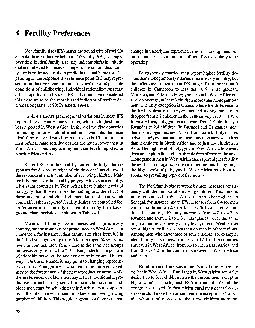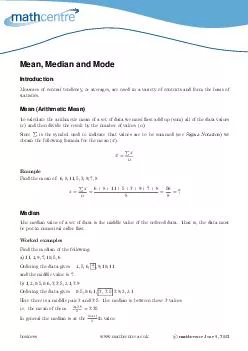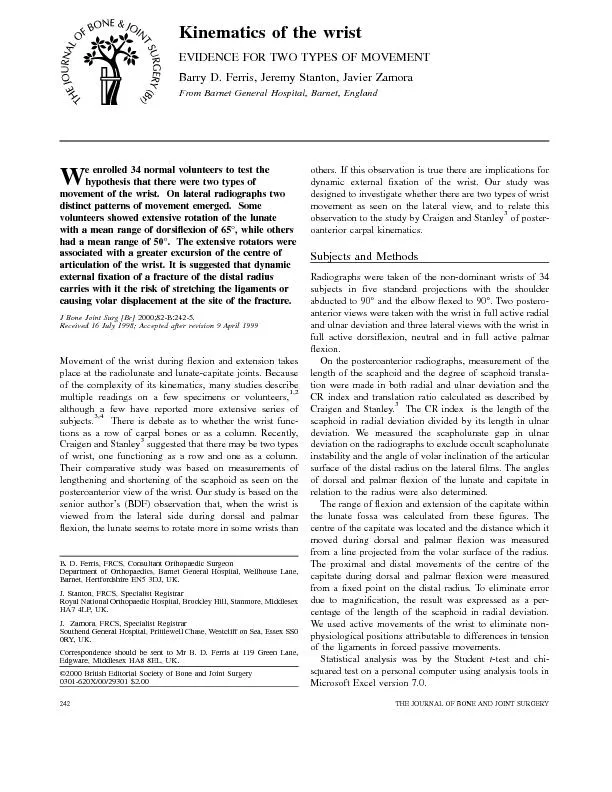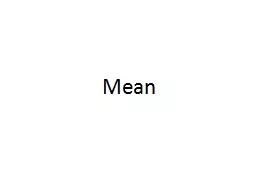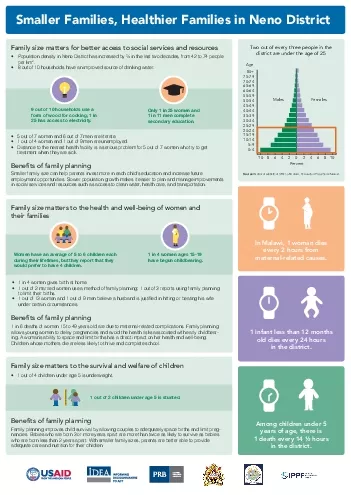PDF-4.1 Ideal family size for men by background characteristics Mean ideal
Author : mitsue-stanley | Published Date : 2017-02-22
Currently married men Education Ctnrenfly Type of union married Age group Residence Second Number of children women ary or Monog Country 3039 4049 5059 60 Urban
Presentation Embed Code
Download Presentation
Download Presentation The PPT/PDF document "4.1 Ideal family size for men by backgro..." is the property of its rightful owner. Permission is granted to download and print the materials on this website for personal, non-commercial use only, and to display it on your personal computer provided you do not modify the materials and that you retain all copyright notices contained in the materials. By downloading content from our website, you accept the terms of this agreement.
4.1 Ideal family size for men by background characteristics Mean ideal: Transcript
Download Rules Of Document
"4.1 Ideal family size for men by background characteristics Mean ideal"The content belongs to its owner. You may download and print it for personal use, without modification, and keep all copyright notices. By downloading, you agree to these terms.
Related Documents

